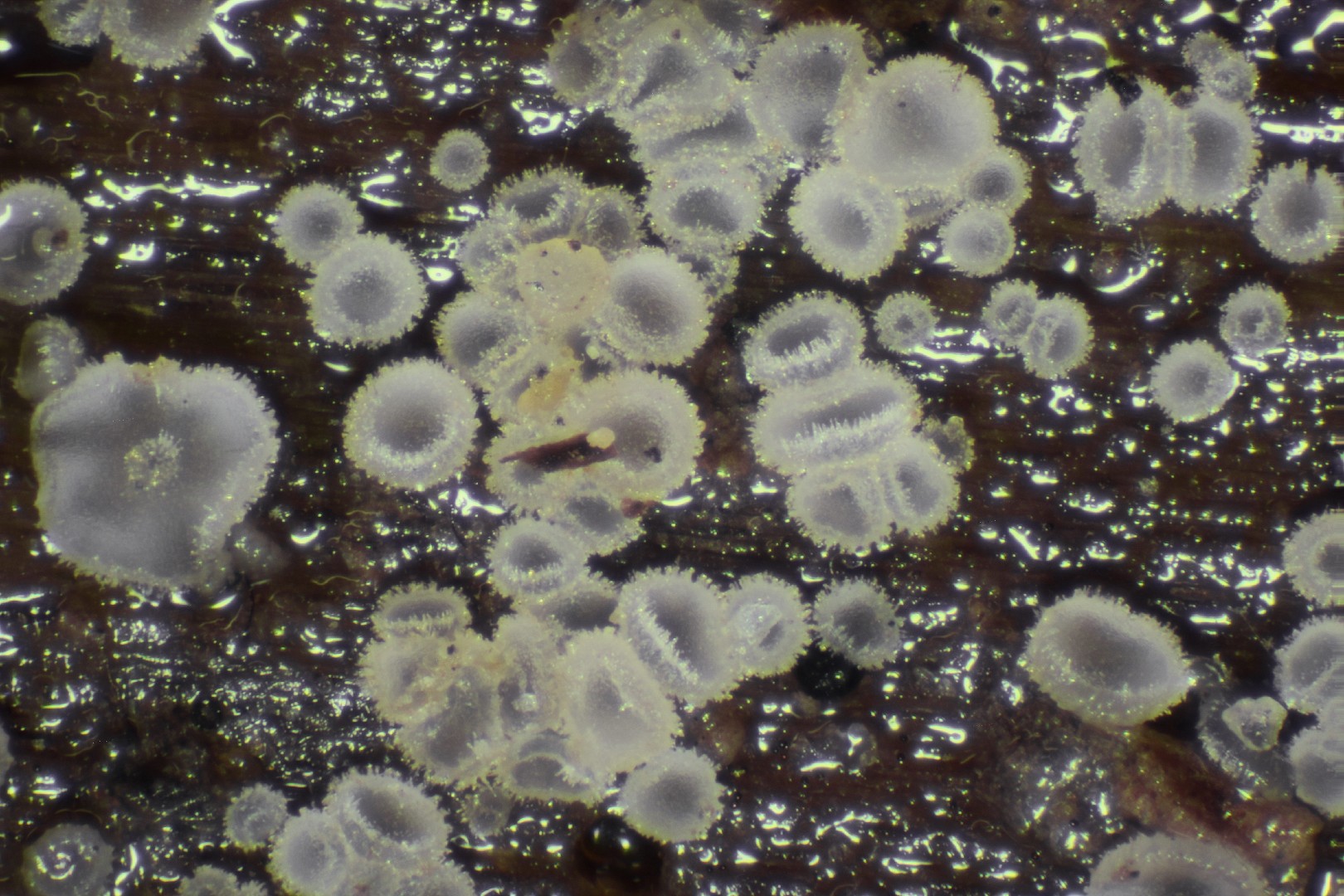Hyaloscypha
Scientific name: Hyaloscypha
Hyaloscypha
Scientific name: Hyaloscypha
 Photo By German.Basidiomycetes , used under CC-BY-SA-3.0 /Cropped and compressed from original
Photo By German.Basidiomycetes , used under CC-BY-SA-3.0 /Cropped and compressed from original Description
Hyaloscypha is a fascinating group of fungi known for their small, often tiny sizes and translucent to pale colors. They are typically found on decaying wood and plant debris, playing a crucial role in breaking down organic material in forest ecosystems. Some species within this group exhibit beautiful, intricate fruiting bodies that are a delight for microscopic examination. Hyaloscypha contribute significantly to nutrient cycling and have a subtle yet essential presence in their habitats.